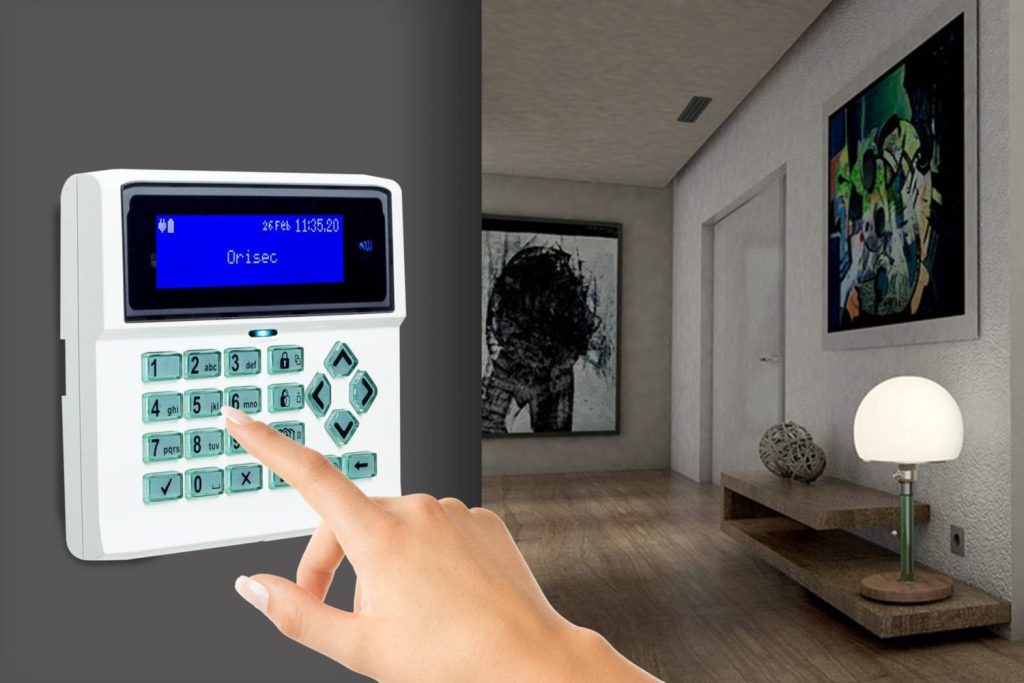The Art of Prevention – How Burglar Alarms Safeguard Your Home
In an age where security is of paramount importance, burglar alarms stand as stalwart guardians, fortifying the walls of our homes and imbuing a sense of safety in an uncertain world. These sophisticated systems are the embodiment of the art of prevention, offering a robust defense against the unwelcome intrusion of burglars and trespassers. The technology behind modern burglar alarms has evolved leaps and bounds, transforming them into intelligent sentinels that vigilantly watch over our homes. One of the key features of burglar alarms is their ability to act as a powerful deterrent. The mere presence of a visible alarm system is often enough to discourage potential intruders from targeting a property. The psychological impact of knowing that a home is fortified with an alarm system creates a formidable barrier, dissuading criminals and redirecting their attention away from well-protected premises. This preemptive defense mechanism is an integral part of the art of prevention, disrupting criminal intentions before they can materialize.

Burglar alarms are not just about deterring criminals; they are also equipped with cutting-edge technology that ensures swift response in case of an attempted break-in. Advanced sensors, such as motion detectors and window sensors, are strategically placed to detect any unauthorized entry. When triggered, these sensors activate the alarm system, sounding a loud siren and alerting the homeowner, neighbors, and, in many cases, a professional monitoring service. This rapid response capability ensures that the authorities are promptly notified, minimizing the time burglars have to operate and increasing the chances of apprehending them. Moreover, the integration of smart home technology has elevated the effectiveness of burglar alarms to new heights. Homeowners can now remotely monitor and control their alarm systems through smartphone apps and connected devices. This level of accessibility provides real-time updates and allows for immediate response, even when individuals are away from home. The interconnected nature of these systems also enables seamless integration with other security measures.
The evolution of burglar alarms has not only been confined to functionality but also to aesthetics. Modern systems are designed with a focus on blending seamlessly with the architectural aesthetics of homes. Sleek and unobtrusive, these alarms are a far cry from the bulky and conspicuous systems of the past. This design evolution not only enhances the overall appeal of the property but also serves to maintain the element of surprise, catching intruders off guard. In conclusion, the art of prevention finds its masterpiece in the form of burglar alarms and visit the site. These guardians of our homes not only serve as a visible deterrent to potential intruders but also boast advanced technology that ensures a swift and effective response. With the integration of smart home features and a commitment to aesthetic appeal, burglar alarms stand as a testament to the unwavering commitment to safeguarding our homes in an ever-evolving landscape of security challenges.
